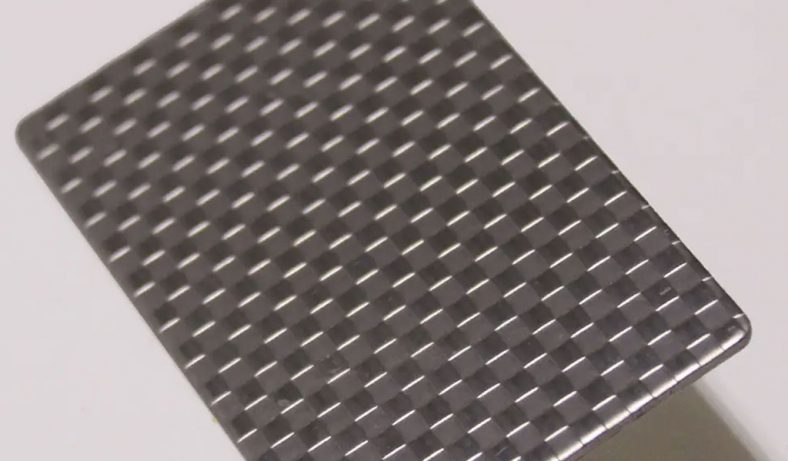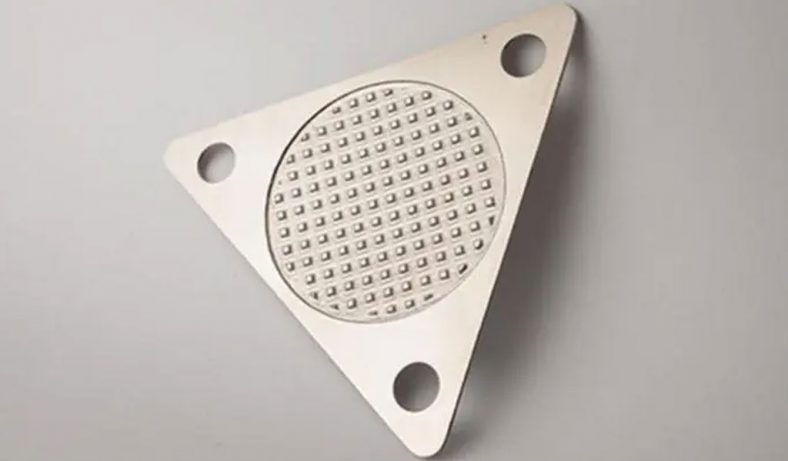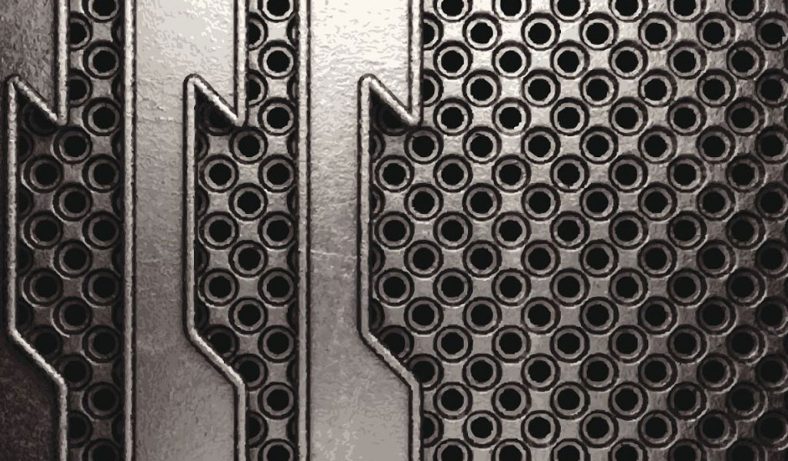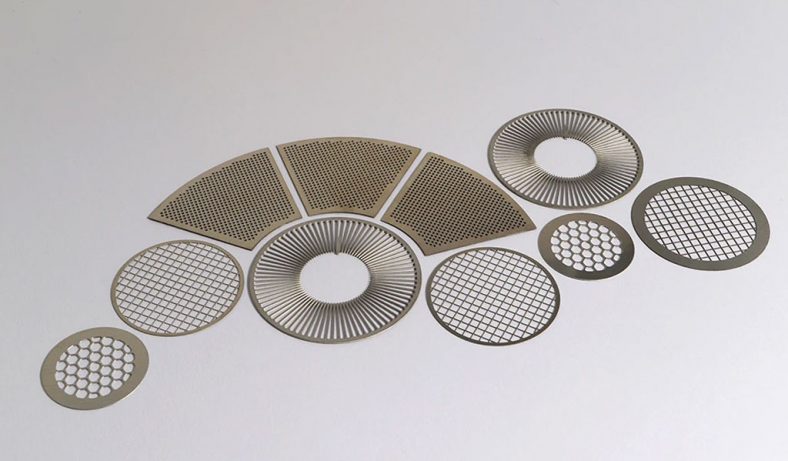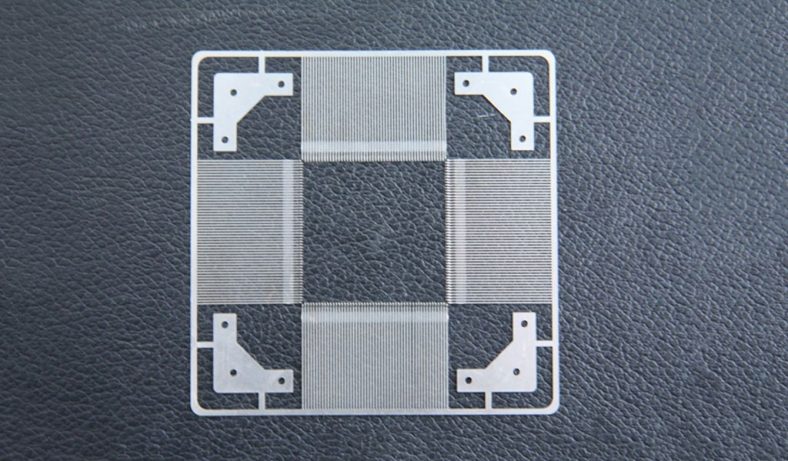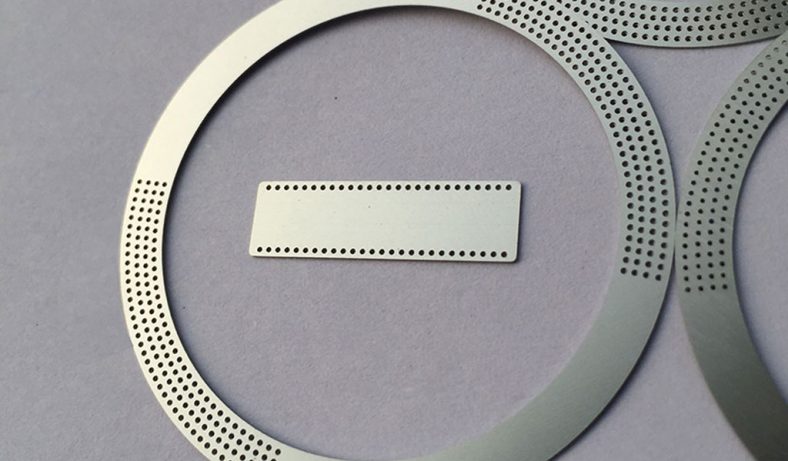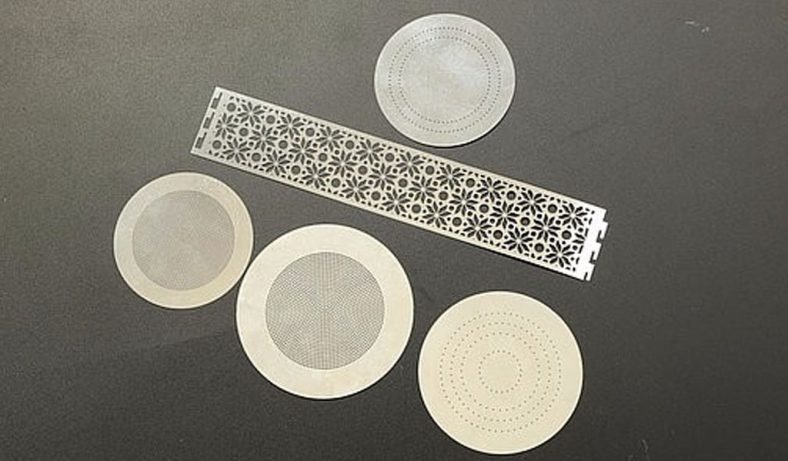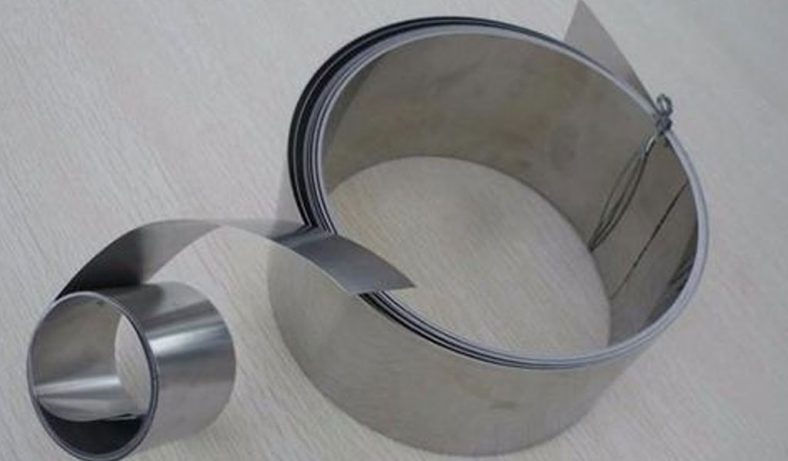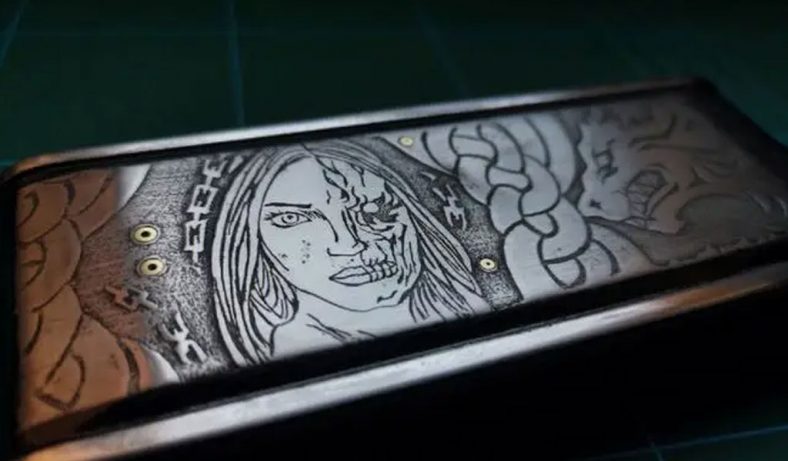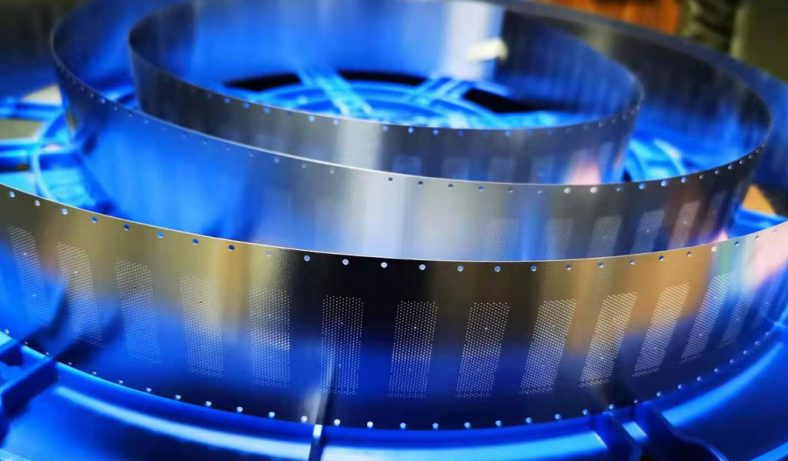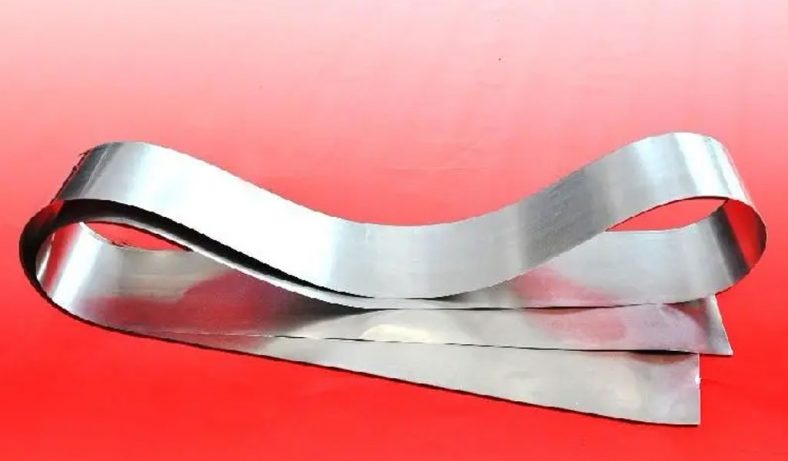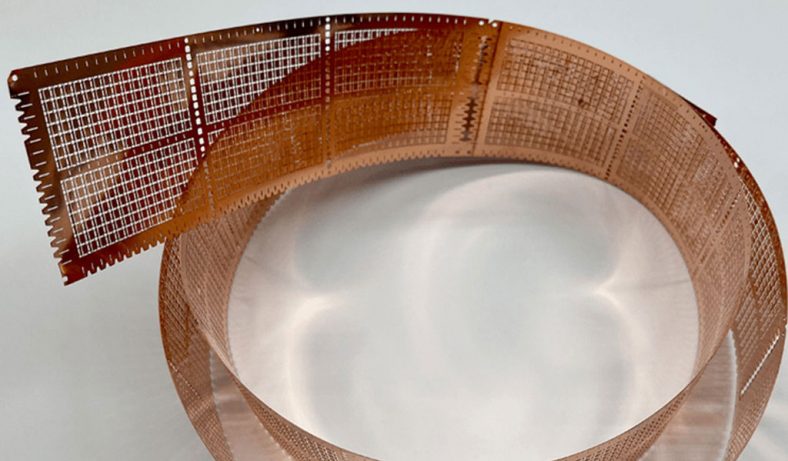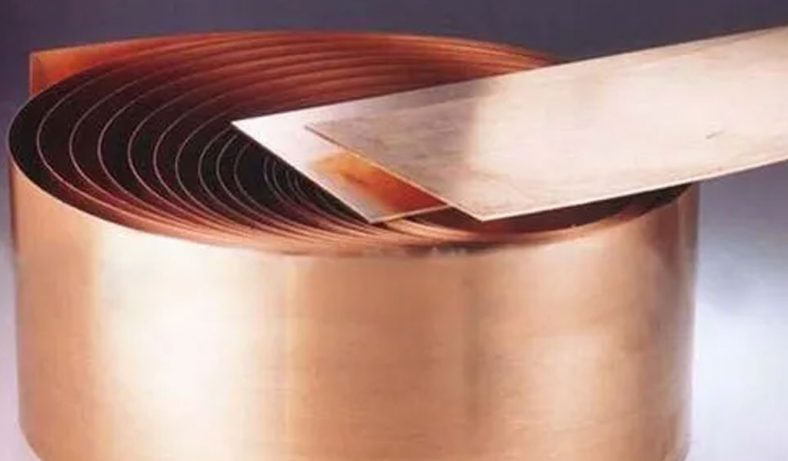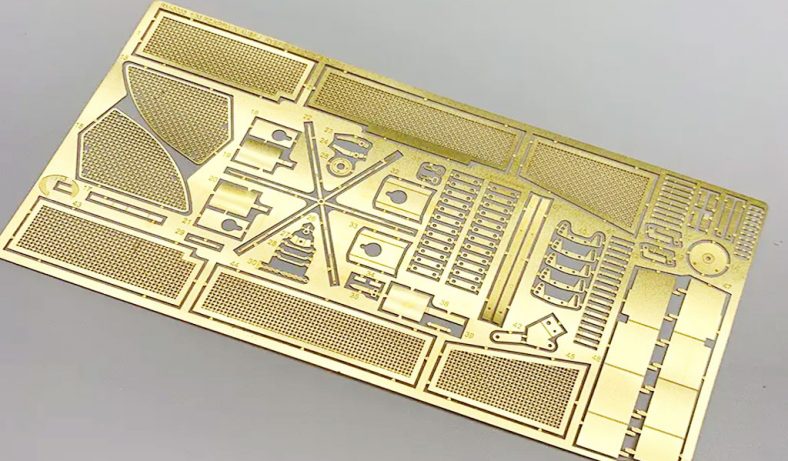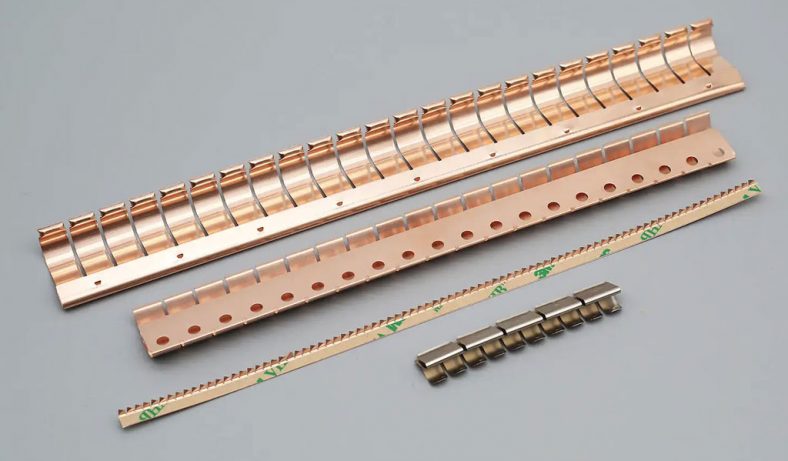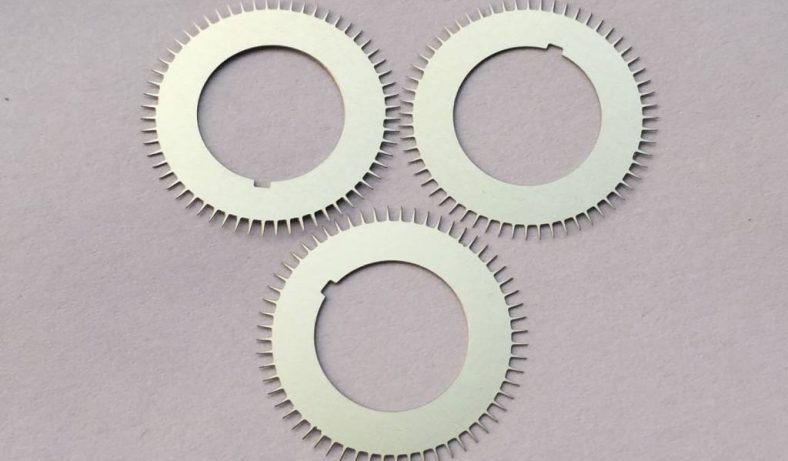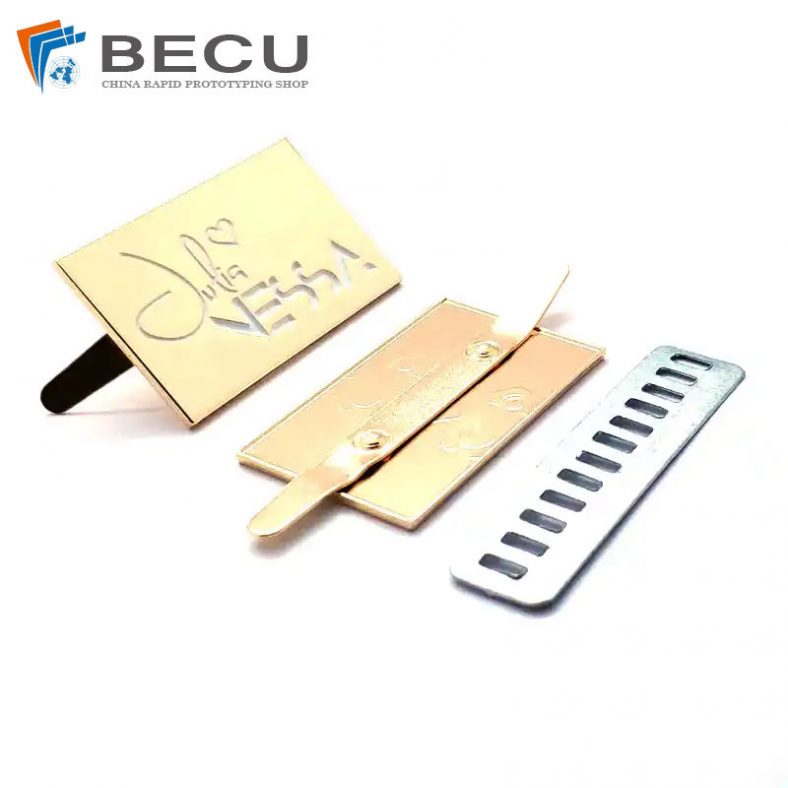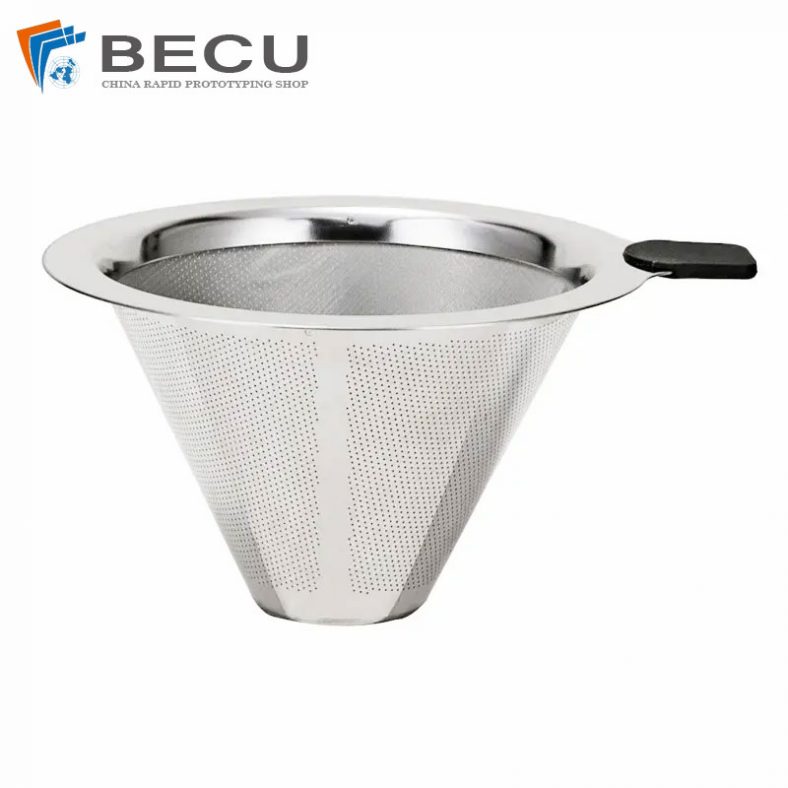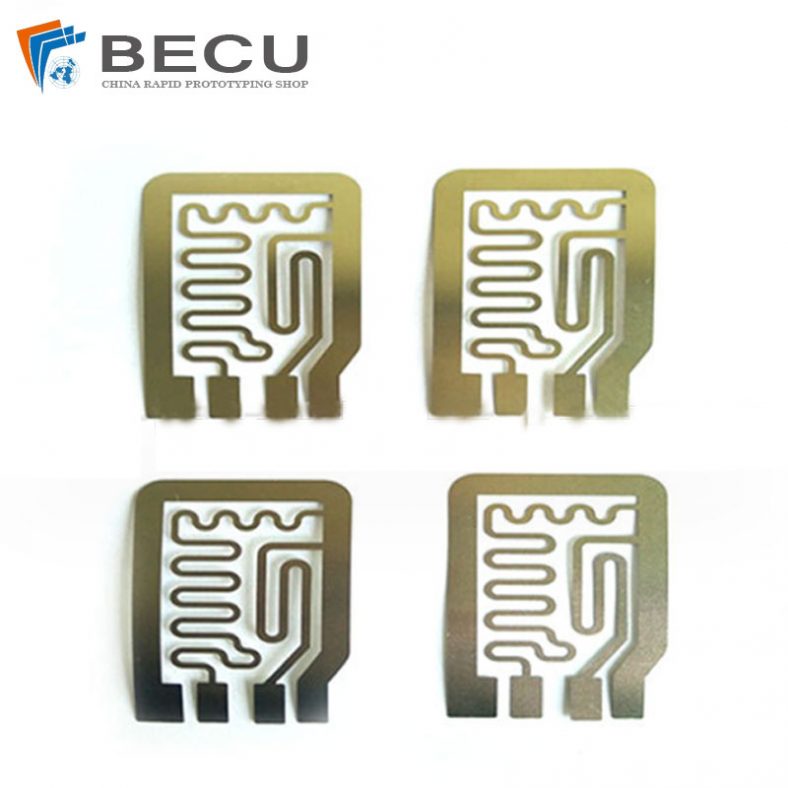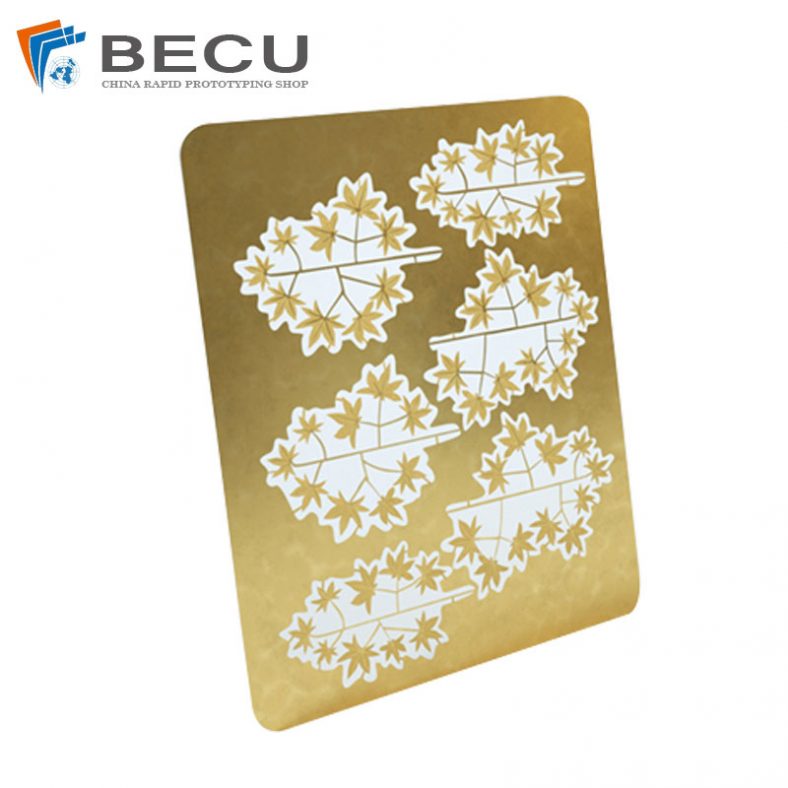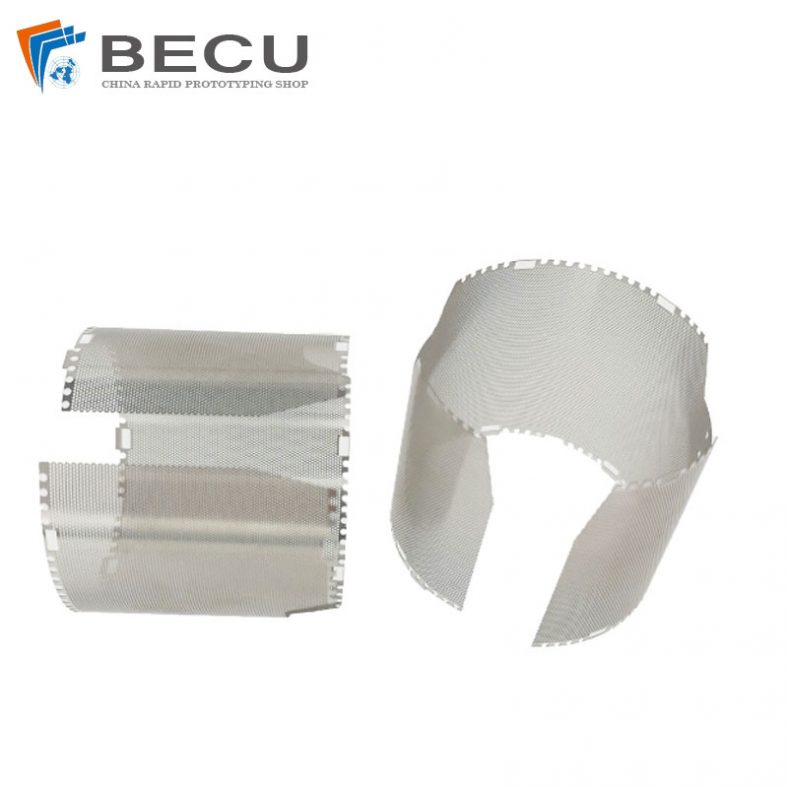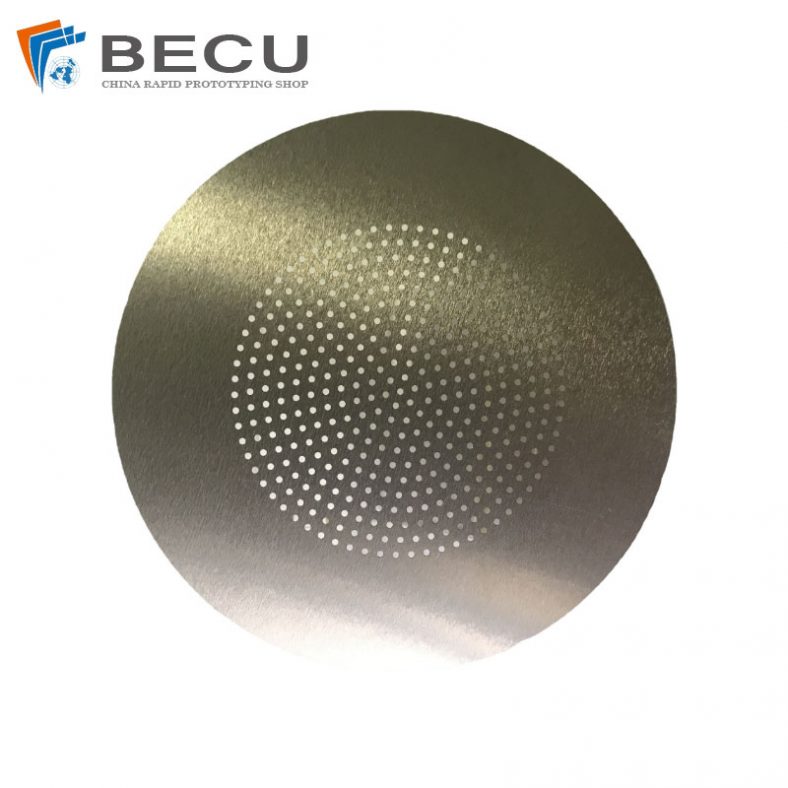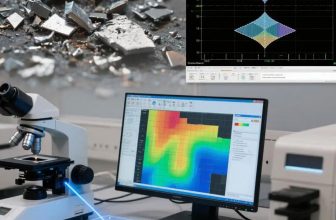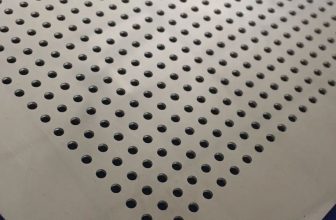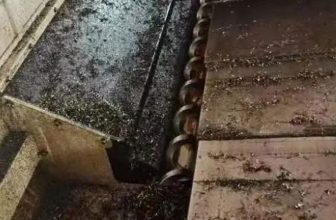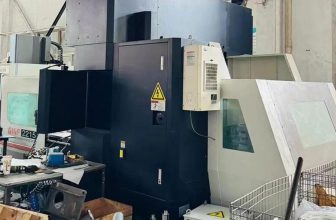Twisted bilayer graphene (TBG) has emerged as a transformative platform in condensed matter physics and materials science due to its unique electronic, optical, and magnetic properties, which are highly sensitive to the relative twist angle between its two graphene layers. The discovery of correlated electronic phases, such as superconductivity and Mott insulating states, at specific “magic” twist angles has propelled TBG into the spotlight for next-generation quantum and spintronic devices. Spintronics, which leverages the spin degree of freedom of electrons for information processing, stands to benefit significantly from TBG’s chiral properties and tunable band structures. However, the precise fabrication of TBG-based spintronic devices requires advanced techniques to manipulate its structure at the nanoscale while preserving its intrinsic properties.
One such technique, chiral-selective wet etching, has gained attention as a method to tailor TBG’s structural and electronic characteristics with high precision. This process exploits the chirality of TBG—its handedness arising from the relative rotation of the graphene layers—to selectively remove material in a controlled manner. By integrating chiral-selective wet etching into the fabrication pipeline, researchers aim to engineer TBG-based spintronic devices with enhanced spin transport, topological properties, and device performance. This article provides a comprehensive exploration of chiral-selective wet etching of TBG for spintronic applications, covering its theoretical foundations, experimental methodologies, material properties, device applications, and future prospects.
Background and Significance
Graphene and Bilayer Graphene
Graphene, a single layer of carbon atoms arranged in a hexagonal lattice, exhibits remarkable properties, including high electron mobility, mechanical strength, and thermal conductivity. Its Dirac cone band structure, where electrons behave as massless fermions, underpins its potential in electronic and spintronic applications. Bilayer graphene (BLG), formed by stacking two graphene layers, introduces additional degrees of freedom, such as interlayer coupling and stacking order (e.g., Bernal or AA stacking), which modify its electronic properties. In BLG, the band structure can be tuned by external fields, making it a versatile platform for device engineering.
Twisted bilayer graphene, formed by rotating one graphene layer relative to the other, creates a moiré superlattice—a periodic pattern arising from the interference of the two lattices. The moiré superlattice introduces a new length scale, the moiré wavelength, which depends on the twist angle, θ. At small twist angles (e.g., θ ≈ 1.1°, known as the magic angle), TBG exhibits flat bands, where electron velocities are significantly reduced, enhancing electron-electron interactions and giving rise to correlated phases. These properties make TBG a promising candidate for spintronic devices, where spin-polarized currents and topological states are critical.
Chirality in Twisted Bilayer Graphene
Chirality in TBG refers to the handedness of the lattice structure, determined by the direction of the twist (clockwise or counterclockwise). This chirality manifests in the electronic and spin properties of TBG, including spin-orbit coupling, spin textures, and nonreciprocal transport phenomena. For instance, TBG exhibits chiral-induced spin selectivity (CISS), where the spin orientation of electrons passing through the material is influenced by its chiral structure. This property is particularly relevant for spintronics, as it enables spin-polarized currents without external magnetic fields.
The chirality of TBG also affects its interaction with external fields and chemical etchants. Chiral-selective processes, such as wet etching, exploit differences in the chemical reactivity of enantiomeric TBG configurations (left-handed vs. right-handed) to achieve precise material removal. Understanding and controlling chirality is thus essential for tailoring TBG’s properties for spintronic applications.
Spintronics and the Role of TBG
Spintronics, or spin electronics, utilizes the spin of electrons, in addition to their charge, for information storage, processing, and transfer. Unlike traditional electronics, which rely solely on charge currents, spintronic devices offer advantages such as lower power consumption, faster data processing, and non-volatile memory. Key spintronic phenomena include spin-polarized transport, spin-orbit coupling, and magnetoresistance effects, such as giant magnetoresistance (GMR) and tunneling magnetoresistance (TMR).
TBG’s flat bands, tunable bandgap, and chiral properties make it an ideal material for spintronic devices. For example, TBG’s unidirectional magnetoresistance (UMR), enhanced by its flat bands, enables diode-like current rectification, which is promising for energy harvesting and photodetection. Additionally, TBG’s ability to host chiral plasmons and topological states, such as valley Chern bands, provides opportunities for designing novel spintronic architectures, including spin valves, spin filters, and quantum memory devices.
Wet Etching in Nanofabrication
Wet etching is a widely used nanofabrication technique that involves the chemical removal of material from a substrate using liquid etchants. Unlike dry etching (e.g., plasma etching), wet etching is isotropic, meaning it etches uniformly in all directions, which can be advantageous for creating smooth edges and complex geometries. In the context of TBG, wet etching offers a scalable and cost-effective method to pattern devices, provided the process can be made selective to the material’s unique properties, such as chirality.
Chiral-selective wet etching builds on traditional wet etching by incorporating etchants or conditions that preferentially interact with one enantiomeric form of TBG. This selectivity arises from the interplay between the etchant’s chemical properties and TBG’s chiral lattice, which influences surface reactivity and etching rates. By optimizing the etching process, researchers can achieve precise control over TBG’s morphology, enabling the fabrication of spintronic devices with tailored spin transport properties.
Theoretical Foundations
Moiré Superlattice and Electronic Structure
The moiré superlattice in TBG arises from the misalignment of the two graphene lattices, creating a periodic potential with a wavelength given by:
[ \lambda_m = \frac{a}{\sqrt{2(1 – \cos\theta) + (\sin\theta)^2}} ]
where ( a ) is the graphene lattice constant (~0.246 nm), and ( \theta ) is the twist angle. At small twist angles, the moiré wavelength becomes large, leading to a reduced Brillouin zone and the emergence of flat bands. The electronic structure of TBG can be modeled using the Bistritzer-MacDonald continuum model, which describes the interlayer coupling and moiré potential. The Hamiltonian is:
[ H = \begin{pmatrix} h(\mathbf{k}) & T(\mathbf{r}) \ T^\dagger(\mathbf{r}) & h(\mathbf{k} – \mathbf{q}) \end{pmatrix} ]
where ( h(\mathbf{k}) ) is the Dirac Hamiltonian for a single graphene layer, ( T(\mathbf{r}) ) is the interlayer tunneling matrix, and ( \mathbf{q} ) accounts for the twist-induced momentum shift. At the magic angle, the Fermi velocity vanishes, resulting in flat bands that enhance electron correlations and spin interactions.
Chirality and Spin-Orbit Coupling
The chirality of TBG introduces an effective spin-orbit coupling (SOC) that couples the electron’s spin to its momentum or lattice structure. This SOC is enhanced in TBG due to the moiré potential and interlayer interactions. The CISS effect, observed in chiral materials, results in spin-polarized currents, where the spin orientation depends on the material’s handedness. In TBG, the CISS effect is particularly pronounced due to its tunable chirality, which can be controlled by the twist angle.
The spin texture in TBG, studied via density functional theory (DFT), reveals vortex-like patterns around the Brillouin zone’s K points, correlated with the twist direction. These spin textures contribute to nonreciprocal transport, such as UMR, where the resistance depends on the direction of current or magnetic field. The UMR in TBG can reach ~20% at a twist angle of 1.5° in a 10 T in-plane magnetic field, making it a powerful probe for chirality and band flatness.
Chemical Reactivity and Etching Selectivity
The chemical reactivity of TBG is influenced by its electronic structure and surface properties. The moiré superlattice modulates the local density of states (LDOS), creating regions of high and low reactivity. Chiral-selective wet etching exploits differences in the LDOS between enantiomeric TBG configurations. For example, left-handed and right-handed TBG may exhibit different binding energies for etchant molecules, leading to selective material removal.
The etching process can be modeled using reaction rate theory, where the etching rate, ( R ), is proportional to the surface coverage of the etchant and the reaction barrier:
[ R = k \cdot \theta \cdot e^{-\Delta E / k_B T} ]
where ( k ) is the rate constant, ( \theta ) is the etchant coverage, ( \Delta E ) is the activation energy, ( k_B ) is the Boltzmann constant, and ( T ) is the temperature. In chiral-selective etching, ( \Delta E ) varies between enantiomers due to differences in electronic structure, enabling selective etching.
Experimental Methodologies
Fabrication of Twisted Bilayer Graphene
TBG is typically fabricated using the “tear-and-stack” technique, where a single graphene flake is exfoliated, torn into two pieces, and stacked with a controlled twist angle. This process is often assisted by a hexagonal boron nitride (hBN) substrate to minimize contamination and ensure precise alignment. The twist angle is controlled with an accuracy of ~0.1° using a rotation stage during the stacking process.
Alternatively, TBG can be synthesized via chemical vapor deposition (CVD) or epitaxial growth, although these methods often result in less precise twist angle control. Post-fabrication annealing can refine the twist angle by inducing lattice relaxation, which aligns the layers into energetically favorable configurations.
Chiral-Selective Wet Etching Process
The chiral-selective wet etching process involves the following steps:
- Surface Preparation: The TBG sample is cleaned to remove contaminants, typically using a solvent rinse (e.g., acetone, isopropyl alcohol) followed by annealing in a vacuum or inert gas environment.
- Etchant Selection: Chiral-selective etchants are chosen based on their ability to differentiate between TBG enantiomers. Common etchants include aqueous solutions of potassium permanganate (KMnO₄), hydrogen peroxide (H₂O₂), or chiral molecules such as amino acids (e.g., L- or D-alanine). These etchants interact preferentially with one enantiomer due to stereospecific interactions.
- Etching Conditions: The etching is performed under controlled conditions, including temperature, pH, and etchant concentration. For example, a dilute KMnO₄ solution at pH 7 and 25°C may selectively etch left-handed TBG faster than right-handed TBG due to differences in surface reactivity.
- Monitoring and Termination: The etching progress is monitored using techniques such as atomic force microscopy (AFM), scanning electron microscopy (SEM), or Raman spectroscopy. The process is terminated by rinsing the sample with deionized water or a neutralizing agent.
- Post-Etching Treatment: The etched TBG is annealed to remove residual etchant and restore its electronic properties. Encapsulation with hBN may be used to protect the sample from environmental degradation.
Characterization Techniques
Several techniques are used to characterize TBG before and after etching:
- Raman Spectroscopy: Measures the G and 2D peaks to assess layer number, twist angle, and defect density. Chiral-selective etching may induce shifts in the Raman spectra due to changes in the moiré superlattice.
- Atomic Force Microscopy (AFM): Maps the surface topography and confirms the etching depth and pattern. AFM can detect differences in etching rates between enantiomers.
- Scanning Tunneling Microscopy (STM): Provides atomic-scale resolution of the moiré superlattice and spin textures, revealing chiral-dependent features.
- Transport Measurements: Quantify the electrical and spin transport properties, such as UMR, spin polarization, and bandgap. These measurements confirm the impact of etching on device performance.
- Photoluminescence (PL): Detects changes in optical properties, particularly in TBG with large twist angles, where excitonic effects are pronounced.
Properties of Etched TBG
Structural Modifications
Chiral-selective wet etching alters TBG’s morphology, creating patterns such as nanoribbons, quantum dots, or porous structures. These modifications depend on the etchant’s selectivity and the etching duration. For example, preferential etching of one enantiomer may result in asymmetric patterns, enhancing the material’s chirality-dependent properties.
The etched structures exhibit reduced defect densities compared to dry-etched TBG, as wet etching avoids plasma-induced damage. However, prolonged etching can introduce edge disorder, which affects spin transport by scattering spin-polarized electrons.
Electronic and Spin Properties
Etching modifies TBG’s band structure by altering the moiré potential and introducing confinement effects. For instance, etched nanoribbons exhibit quantized energy levels, enhancing spin-orbit coupling and spin polarization. The CISS effect is amplified in etched TBG due to the increased surface-to-volume ratio, which strengthens chiral interactions.
Transport measurements reveal that etched TBG maintains its flat bands and correlated phases, provided the etching is controlled to minimize defects. The UMR in etched TBG can exceed 25% in optimized conditions, surpassing unetched TBG due to enhanced chirality.
Optical and Thermal Properties
The optical absorption of etched TBG is modified due to changes in the moiré superlattice and electronic structure. Etched TBG may exhibit enhanced circular dichroism (CD), reflecting its chiral nature. Thermal radiation properties, tunable by the twist angle, are preserved in etched TBG, making it suitable for applications in infrared invisibility and thermal management.
Applications in Spintronic Devices
Spin Valves and Filters
TBG’s spin-polarized transport enables its use in spin valves, where the relative orientation of spin-polarized currents controls the device’s resistance. Chiral-selective etching enhances the spin polarization by creating nanostructures that amplify the CISS effect. For example, etched TBG nanoribbons can serve as spin filters, selectively transmitting electrons of one spin orientation.
Spin-Logic Devices
Spin-logic devices, such as spin transistors, leverage TBG’s tunable bandgap and spin transport properties. Etched TBG enables precise control over the channel geometry, improving the device’s switching efficiency. The integration of TBG with magnetic materials, such as CrI₃, enhances the magnetoelectric effect, enabling voltage-controlled spin logic.
Quantum Memory and Sensors
TBG’s topological states, such as valley Chern bands, are ideal for quantum memory applications. Chiral-selective etching can create quantum dots or cavities that host these states, enabling robust quantum information storage. Additionally, TBG’s sensitivity to chiral molecules makes it a promising platform for enantiomeric sensors, with applications in pharmacology and biotechnology.
Energy Harvesting and Photodetection
The giant UMR in etched TBG enables efficient conversion of terahertz radiation into spin-polarized currents, suitable for energy harvesting and photodetection. Etched TBG photodetectors exhibit high selectivity due to their tunable optical properties, making them competitive with traditional semiconductor-based devices.
Comparison of Etching Techniques
The following table compares chiral-selective wet etching with other nanofabrication techniques for TBG:
| Technique | Selectivity | Precision | Scalability | Defect Density | Cost | Applications |
|---|---|---|---|---|---|---|
| Chiral-Selective Wet Etching | High (chiral-specific) | Moderate (~10 nm) | High | Low | Low | Spin valves, sensors, photodetectors |
| Plasma Etching | Low (non-selective) | High (~5 nm) | Moderate | High | Moderate | General patterning, electronics |
| Electron Beam Lithography | Moderate (pattern-specific) | Very High (~1 nm) | Low | Moderate | High | Research, prototyping |
| Laser Ablation | Low (non-selective) | Low (~100 nm) | High | High | Moderate | Large-scale patterning |
| Mechanical Exfoliation | None | Low (manual) | Very Low | Very Low | Low | Fundamental studies |
Table 1: Comparison of Nanofabrication Techniques for TBG
Challenges and Limitations
Process Control
Achieving uniform chiral selectivity across large TBG samples is challenging due to variations in twist angle and surface defects. Inconsistent etching rates can lead to non-uniform patterns, degrading device performance. Advanced process monitoring and feedback systems are needed to address this issue.
Scalability
While wet etching is scalable, chiral-selective etching requires precise control over etchant composition and environmental conditions, which may limit its throughput in industrial settings. Developing automated etching systems could mitigate this limitation.
Environmental Impact
Wet etching generates chemical waste, raising environmental concerns. The use of eco-friendly etchants, such as biodegradable chiral molecules, could reduce the environmental footprint of the process.
Integration with Other Materials
Integrating etched TBG with other spintronic materials, such as ferromagnetic contacts or insulators, requires compatibility in terms of lattice matching and interface quality. Lattice mismatch can introduce strain, altering TBG’s properties.
Future Prospects
Advanced Etchants
The development of novel chiral etchants, such as supramolecular complexes or nanoparticles, could enhance the selectivity and efficiency of the etching process. Machine learning-driven etchant design may accelerate the discovery of optimal formulations.
Hybrid Devices
Combining TBG with other 2D materials, such as transition metal dichalcogenides (TMDs) or topological insulators, could yield hybrid spintronic devices with enhanced functionality. Chiral-selective etching can be adapted to pattern these heterostructures, enabling complex device architectures.
Quantum Computing
TBG’s topological states and spin coherence make it a candidate for quantum computing platforms. Etched TBG quantum dots could serve as qubits, with chiral-selective etching enabling precise control over their size and coupling.
Industrial Adoption
The transition of chiral-selective wet etching from laboratory to industry requires standardized protocols and equipment. Collaborations between academia and industry can accelerate the commercialization of TBG-based spintronic devices.
Conclusion
Chiral-selective wet etching of twisted bilayer graphene represents a powerful approach to tailoring its properties for spintronic applications. By leveraging TBG’s chirality, this technique enables precise nanofabrication, enhancing spin-polarized transport, topological states, and device performance. Despite challenges in process control and scalability, ongoing advancements in etchant design, characterization, and integration promise to unlock the full potential of TBG in spintronics. As research progresses, chiral-selective wet etching is poised to play a pivotal role in the development of next-generation quantum and spintronic technologies, paving the way for breakthroughs in computing, sensing, and energy applications.

